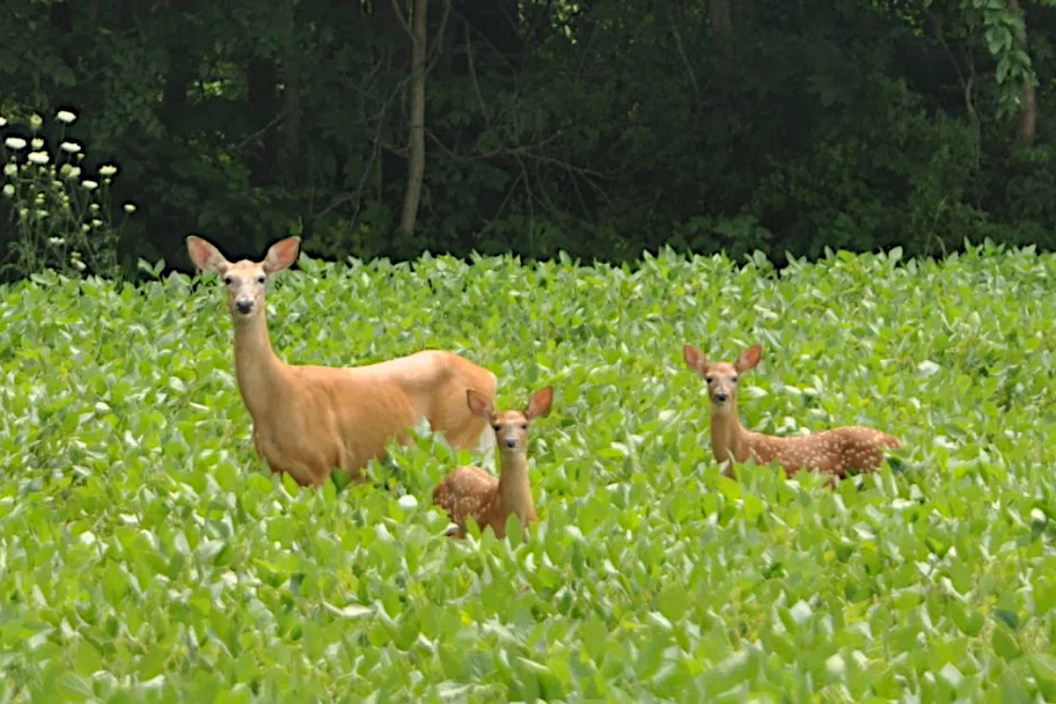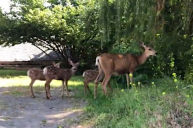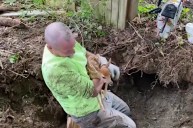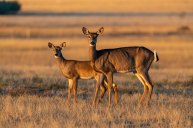Summer is here and the woods are full of newborn fawns. This time of year is a frustrating one for wildlife rehabilitators, as so many young fawns are needlessly taken away from mother deer under the assumption they are "abandoned," when in fact, uneducated people are interfering with nature's will. The truth is most young fawns are not orphaned and the mother deer is a short distance away—probably close enough where she can see you. Humans unknowingly have a negative effect on fawn survival every year all over the country. Their heart is in the right place, but they simply do not realize they are doing more harm than good.
For that reason, we've decided to provide people with a quick how-to guide for dealing with unattended baby deer. We will answer some of the Internet's most burning questions about fawns and tell you what you should do the next time you encounter one that appears to be orphaned.
When do deer have fawns?
Most deer hunting enthusiasts know about the whitetail deer and mule deer ruts, but for those unfamiliar, the breeding season for deer generally takes place from October through November here in North America, although some female deer may be bred late in December and produce fawns later in the summer. The pregnancy lasts about 200 days with fawns being born in April, May, and early June.
There is at least one exception to this timeline, as a small population of whitetail deer in New Zealand ruts in April and May due to the difference in seasons between the northern and southern hemisphere. The fawns are then born in December and January.
Buck fawns are usually larger than doe fawns and they start walking almost immediately after they are born, albeit quite clumsily. For the first week or so of a fawn's life, their best defense is to hide.
How long do fawns keep their spots?
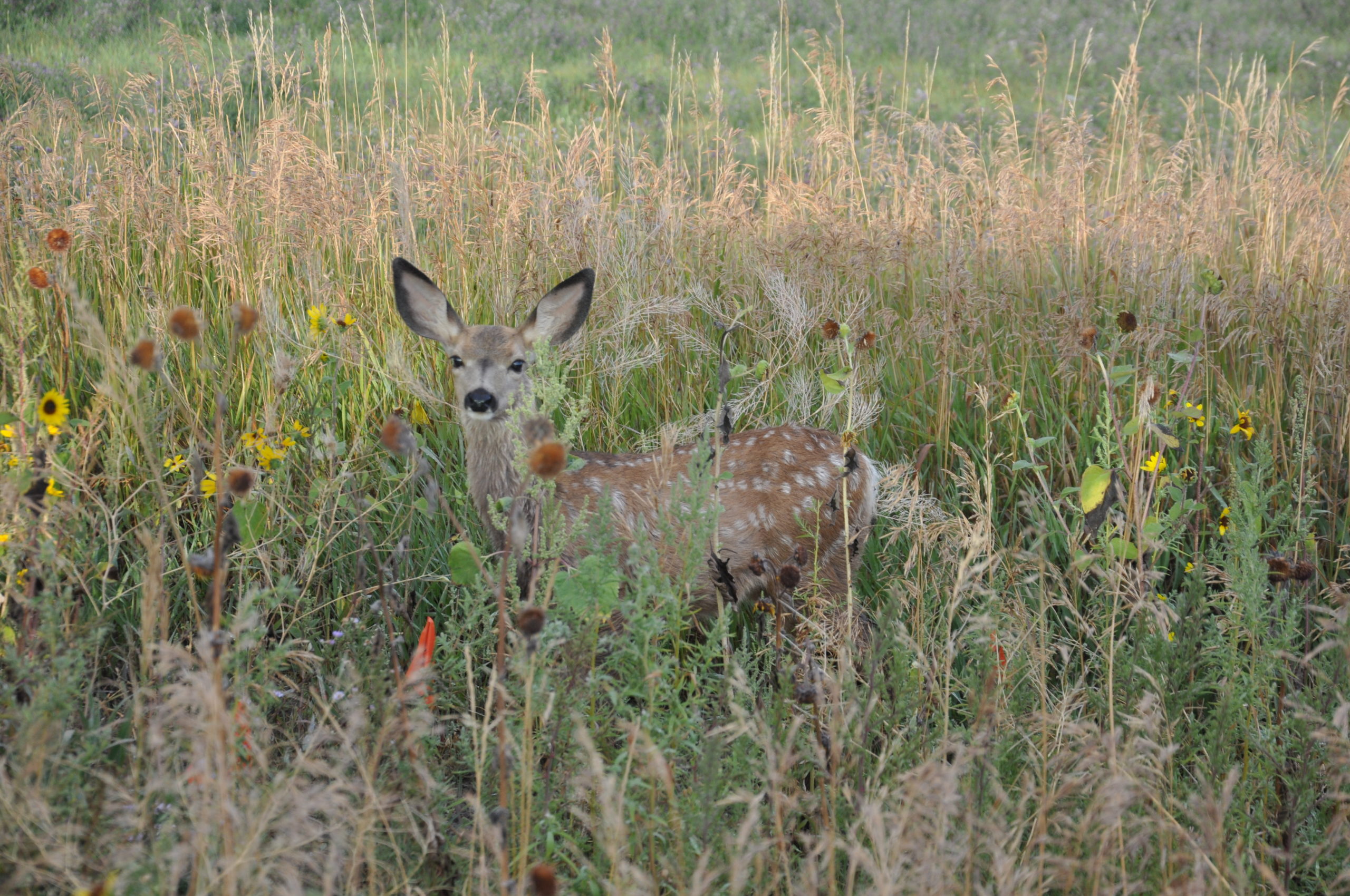
Travis Smola
When they are born, whitetails and mule deer have anywhere from 200 to 300 white spots speckled across their coat. Those are not there just for decoration or to make the fawn cuter, although they are good for that. Instead, they are meant to act as natural camouflage because the fawns are still weak and cannot run very well. The best way for a fawn to hide from predators is to lay perfectly still and try to blend in with its surroundings. At this young age, fawns do not give off any smell, so a predator can walk right past them without ever noticing them.
The mother usually weans fawns off her milk about 10 weeks after they are born. The young deer lose their spots near the end of summer and beginning of fall. I should note this totally contradicts the incredibly inaccurate timeline in the movie "Bambi," where the cartoon deer still has spots at one year of age. This never happens, so don't use that as your gauge for how long they keep them. If you look closely at some fawns in late fall, you may still be able to see traces of their spots, especially if the deer was born late. In my experience, I have observed that mule deer fawns tend to keep their spots slightly longer than whitetail fawns.
How many fawns do deer have?

Travis Smola
This is dependent on many factors including overall deer populations, the amount of available forage and sometimes the age of the doe. For instance, many first-time mothers and much older does will often give birth to just one healthy fawn. For most areas, twin fawns are incredibly common and what you are most likely to observe in the wild. If there is a mild winter and forage is readily available, you will sometimes see triplets, but it is pretty uncommon. I have only observed it twice in the last 20 years here in southwest Michigan, despite spending a ton of time outdoors and running numerous trail cameras every spring.
Does having four fawns have been heavily documented, too. The Quality Deer Management Association notes they have no record of it ever happening in wild deer, however. Most instances of this occur under perfect conditions in captivity. There have been a few documented cases of orphaned fawns being taken in by other does, however this is also incredibly uncommon.
How long will a deer leave its fawn?
Unfortunately, most people who take in a fawn are unknowingly kidnapping them from their mother during their first few weeks of life. A lone fawn lying on the ground does appear to be abandoned, but it actually just more of a conditioning process for survival. During the first few weeks, the doe may leave her fawn for anywhere from eight to 12 hours at a time, allowing the fawn to fend for itself. Meanwhile, the doe puts some distance between herself and the fawn to draw predators away from the fawn, which is precisely when humans mistakenly intervene.
What do I do if I find a fawn in my yard?
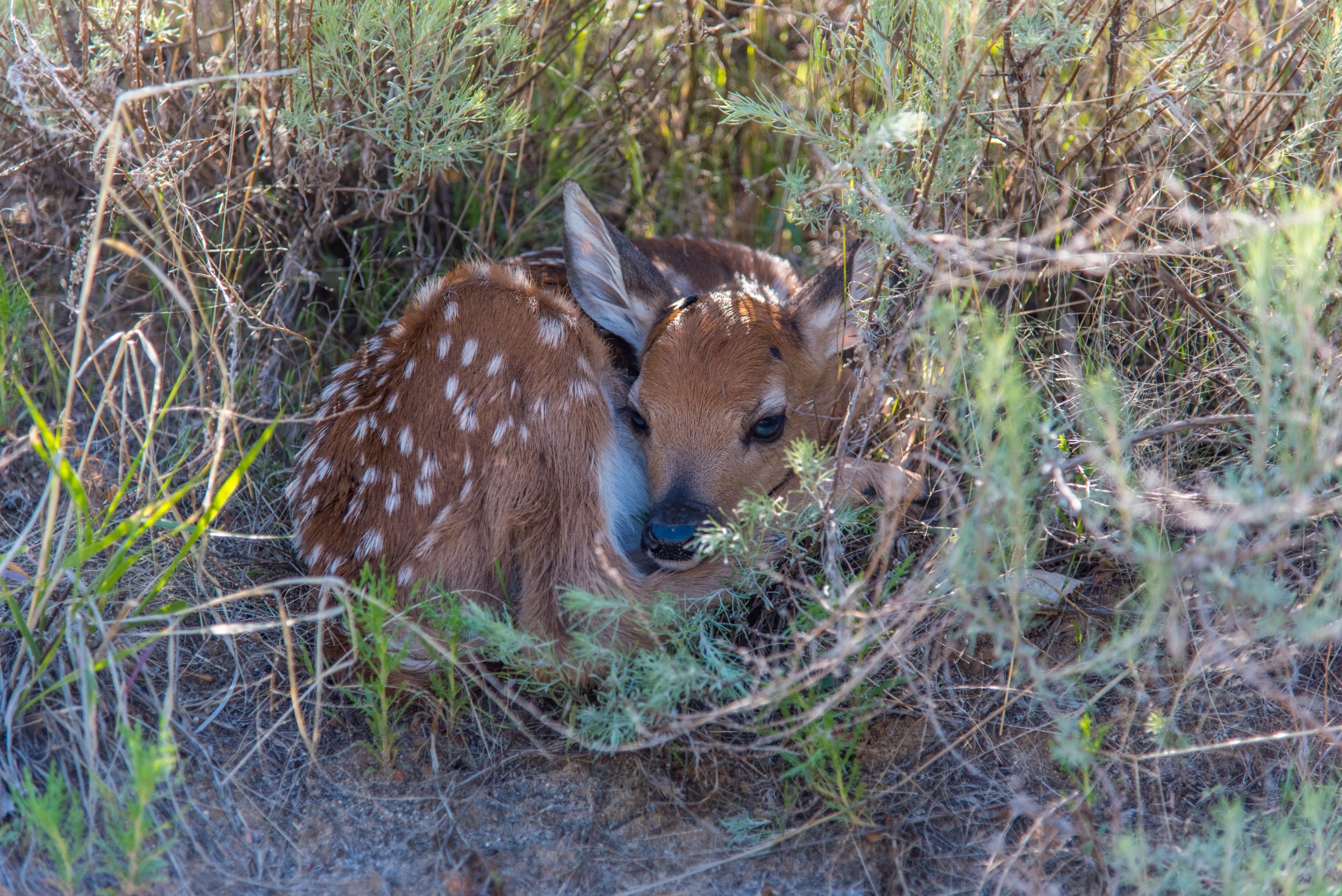
In most instances, you should do nothing. Take a photo or two from a distance and enjoy the moment, but do NOT move the fawn, pet it, or try to feed it. Leave it alone, it does not need "help."
Unless you know for certain the fawn's mother is dead—meaning you can see the baby standing over the body over its mother crying out loudly in distress—it is best to just let nature take its course. However, you should use caution if you find a fawn near a dead doe, as there's a chance the fawn does not belong to the dead deer. And, even if you are certain the fawn is alone in the world, it is a job that is best left to the professionals. Call your local wildlife agency to come in and evaluate the situation, but under no circumstances should you try to capture the animal and take it to a veterinarian or animal clinic yourself.
There are, however, a handful of situations where only humans can help, according the National Wildlife Federation. If you find a fawn that is trapped or stuck in a spot where the mother cannot retrieve it, call your local game warden to report it. They'll know what to do.
There is an urban legend circulating that says the adult deer will not take back a fawn that has been touched by humans, which is simply untrue. Usually, if placed back where it was found, the fawn's mother will come back for it. In the extreme situation where you MUST move a fawn, try to wear gloves to reduce your scent on the baby animal to keep the mother from hesitating.
These are wild animals and we should treat them that way. The less you interfere with a fawn's survival, the better its chances will be.
For more outdoor content from Travis Smola, be sure to follow him on Twitter and check out his Geocaching and Outdoors with Travis YouTube channels.
